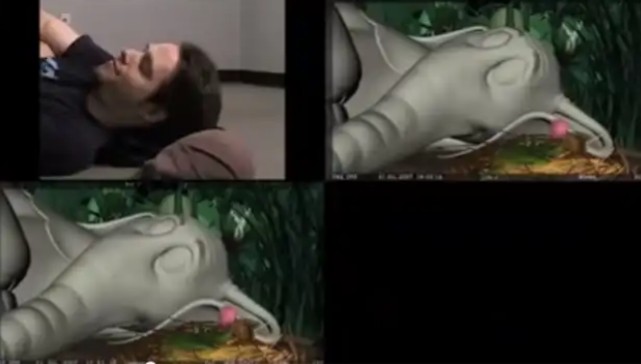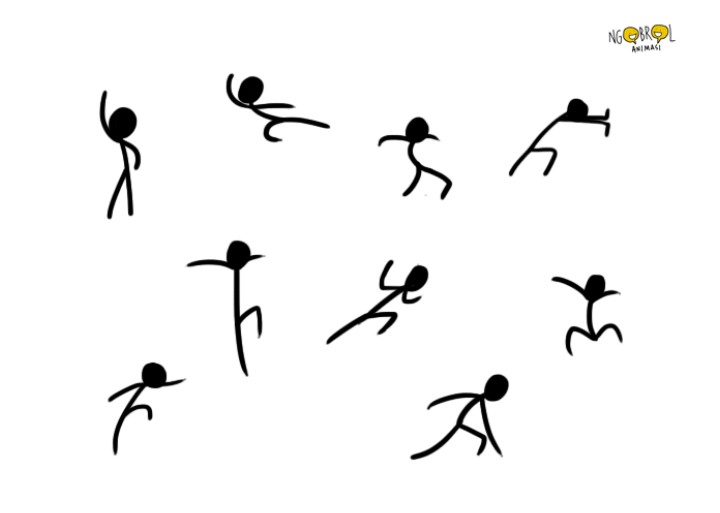What do animators have to learn in making animated films? Now here are some important things that an animator must learn in order to produce good animation.
BASIC ANIMATION
Animators must understand and understand the basics of animation, because these basics are the foundation in making an animation. There are 12 basic animations. The 12 basic principles of animation were introduced by Ollie Johnston and Frank Thomas, in his book Disney Animation: The Illusion of Life. Here the animator will be taught about the most basic things of animation, namely squash and stretch, anticipation, staging, straight ahead action and pose to pose animation, follow through and overlapping action, slow in and slow out, arcs, secondary action, timing and spacing, exaggeration, solid drawing and the last appeal. If the animator understands and understands it, the animation made later will become more alive.
ACTING
The animator works to move an object, when moving the object the animator must know the characteristics of the object, how to make the object really look alive. That’s why animators should be able to / understand acting.
For example, if an animator has to move a superhero character scene, then the animator must learn how to walk, body gestures, nature, how to speak, etc. So that the message to be conveyed to the audience that the character is a superhero is conveyed. Usually in working on an animated scene, the animator is advised to make a personal reference video, so if you have to move the superhero character, then the animator must act as if he is the superhero character.
(video)
PICTURE
Drawing is also one of the important roles in animation (that’s why drawing falls into one of the 12 basic principles of animation, namely solid drawing). Besides being important because drawing is part of the 2D animation process, drawing also plays an important role in assisting the animator in determining the pose or strong pose of an object / character. So drawing is important for both 2D and 3D animators.
Animators do not have to be able to draw professionally (except 2D animators), drawing in the form of stickman is enough to be able to determine the pose and strong pose of an object / character in an animation. Drawing a pose / strong pose will be very helpful for the animator to determine the movements of the object / character, it can also be a reference when making a pose to pose animation.
SOFTWARE
Software here as a tool to facilitate and accelerate the work of animators in making an animation, not that determines whether or not an animation is good or not.
Animators must understand the software used, whatever the software (Maya, Max, Blender, etc.). What animation tools are used in the software, important shortcuts, etc. In order to facilitate and speed up the work of the animator.
–
What is certain is that making animation is fun and exciting, because we can learn many new things, learn to explore new characters and turn these characters into a film so that it can entertain the fans of animated films.
Happy animating! 😀
Link:
https://ngobrolanimasi.wordpress.com/2015/04/06/4-hal-penting-yang-harus-dipelajari-animator/amp/











Recent Comments